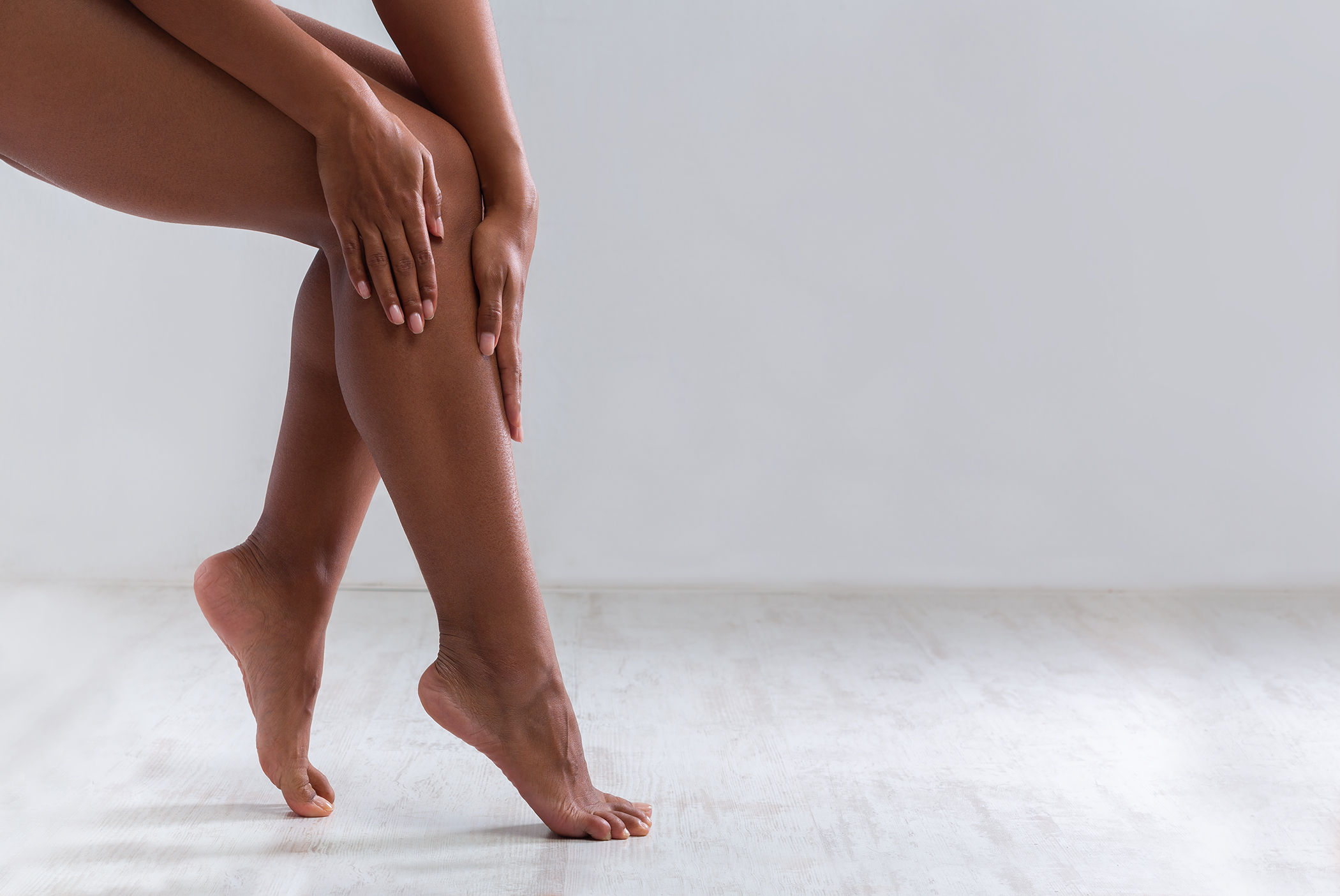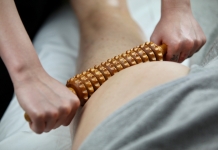Expert Advice: How to prevent ingrown hairs

Lisa Stone explains how to encourage waxing clients to care for skin between appointments to prevent unsightly sore spots.
There is nothing more disappointing after a wax than to see and experience ingrown hairs, your client's long for silky soft skin but instead find sore painful spots!
I've been waxing for 27 years and I have seen many clients who have suffered from this pesky condition that can cause unsightly sore spots and truly destroy confidence and leave the client feeling like they want to cover up.
They can cause real pain and discomfort and such distress for the clients concerned. So, what exactly are ingrown hairs, what exactly is it that causes them, and what can we do to avoid them from occurring?
How do ingrown hairs form?
In grown hairs are hairs that grow back in on themselves and the hair gets trapped and blocked by dead skin. Well this doesn't sound to distressing does it? But once they grow back in on themselves, they often can become infected. Sore red, raised, inflamed and irritated pimple like spots will form and they can come on their own or they bring friends!
No one can escape them as our quest for smooth hair free skin is often the main cause of this condition; from shaving, waxing and epilating there is no escape, some even suffering from them on parts of the body where they've not removed hair.
Anyone can suffer from ingrown hairs, both male and female clients, but ingrown hairs are much more likely to trouble areas where the hair is coarse and strong and where it is curly, areas such beards, underarms, bikini lines and knees and legs are often seen to have ingrown hairs appear.
We tend to see ingrown hairs frequenting darker skin especially because of the hair's strong curly nature. So, it's incredibly important to recognise this and know what to advise your clients to try and help prevent or reduce the problem for the client.
How can we prevent them?
Now you know who is more prone to ingrown hairs, identify them and don't be afraid to explain and educate your clients in preventative measures rather than waiting for a problem to arise.
Encourage clients to exfoliate their skin correctly and regularly and not just their legs but to include underarms, bikini, face and back and chest.
So often clients will exfoliate but do it dripping wet under the shower; this is just washing away the exfoliator before it had chance to do its job and lift the dead skin. Encourage clients to exfoliate onto damp or dry skin then step into shower and rinse. Dry body brushing is a great way to exfoliate and help circulation too, and if you use a brush with a long handle, this allows access to those “hard to reach areas” like the back.

Of course, if this is done and still clients suffer from those problematic hairs then you can offer your clients a more intense treatment and retail them ingrown hair products. These often contain ingredients such as AHAs and Salicylic Acid which will soften and exfoliate the skin. Used regularly and with instruction of you, the therapist, your clients should hopefully see an improvement in the ingrown hairs.
Always advise your clients to avoid tight clothing that can cause friction and rub in the problematic areas; clothing can rub and break off hair causing it to be forced back into skin. I see this on my clients in the winter when tights, tight jeans and high boots are worn.
The temptation for clients to want to pick or squeeze the ingrown hair will be high but always advise them not to as this can lead to scaring.
Make it your priority to educate and teach your clients how to care and look after their skin as part of your aftercare and identify those more at risk, and remember prevention is better than cure!
Lisa Stone is a Waxing Expert and Salon System Educator.





